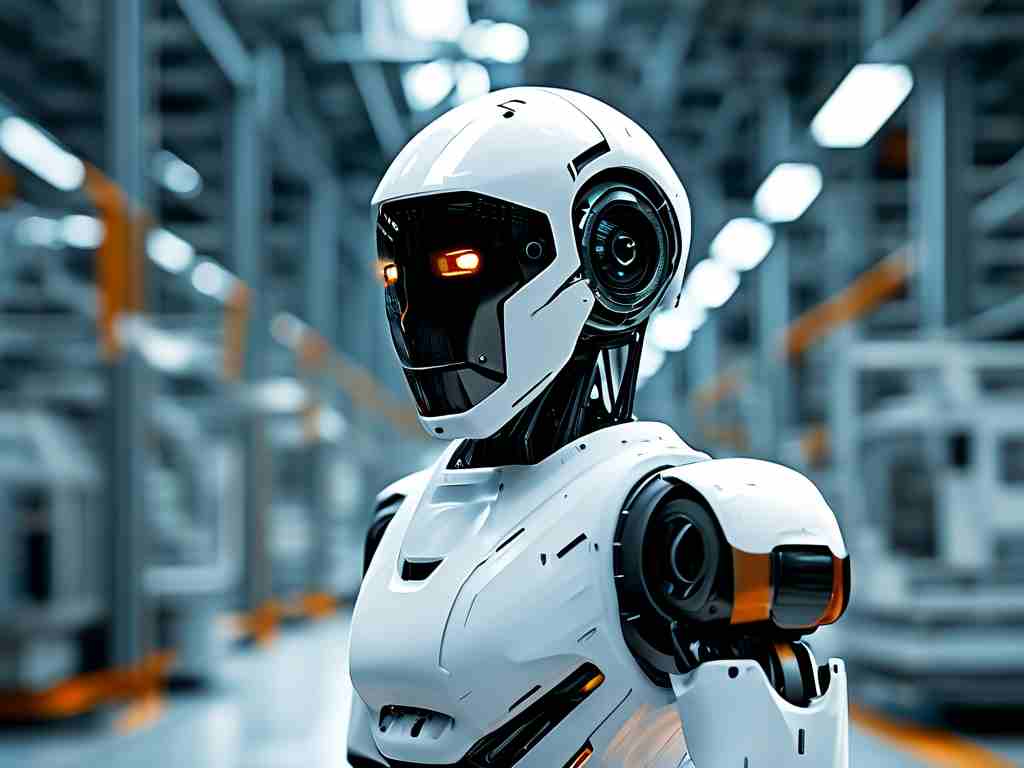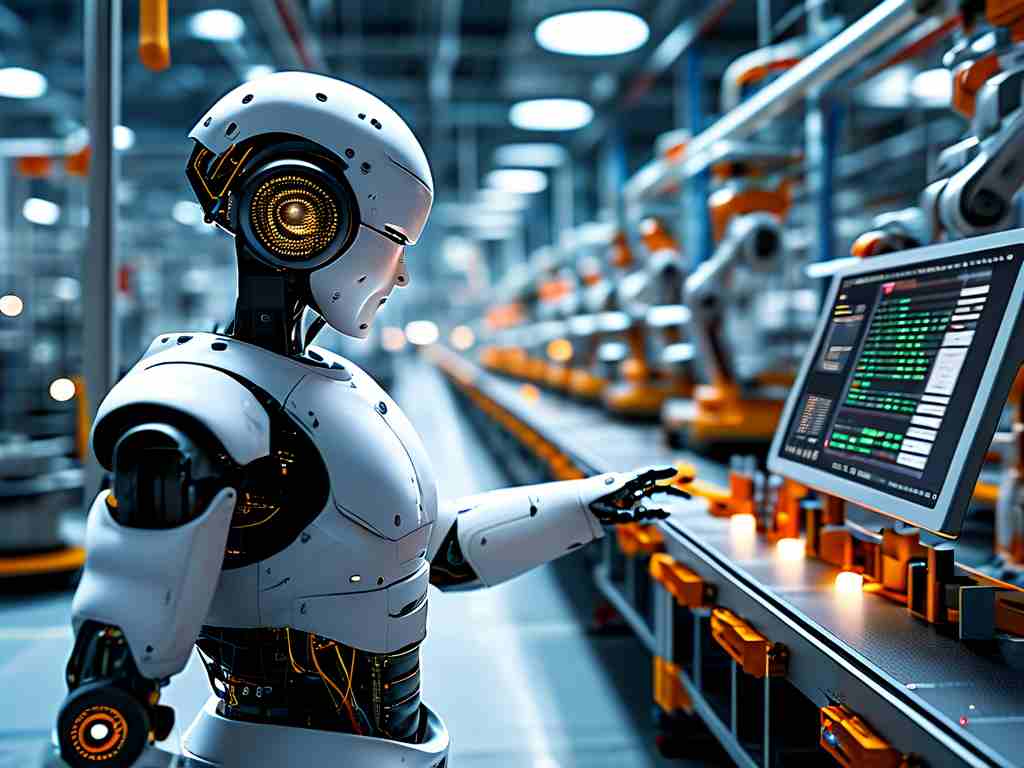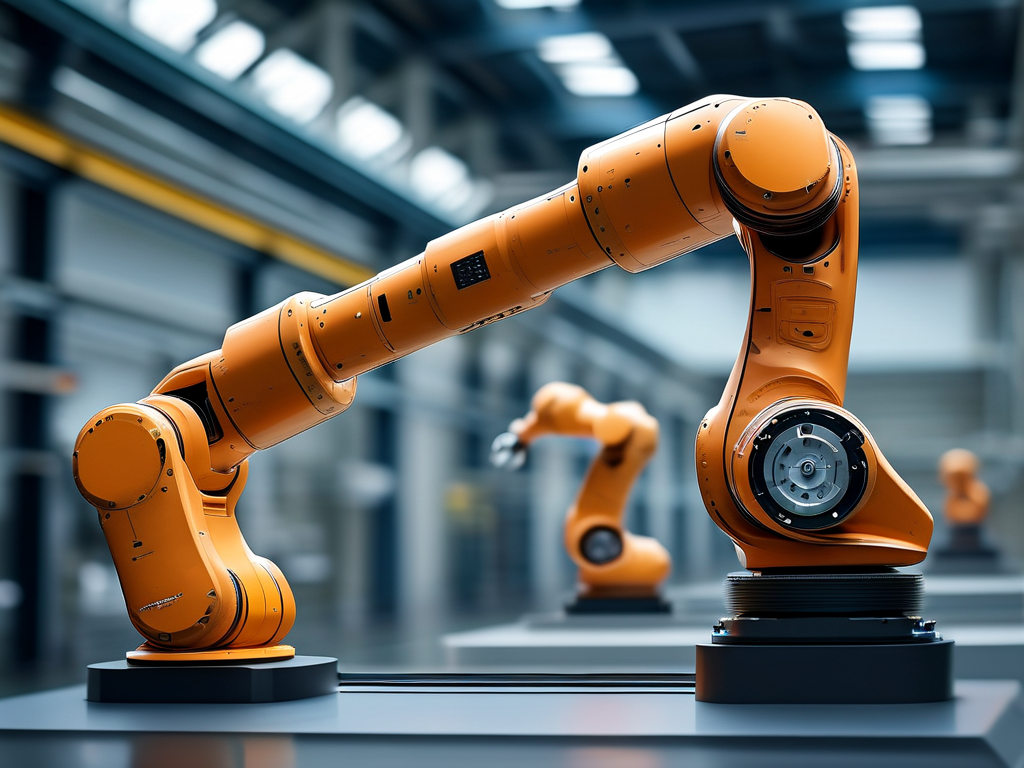The integration of Large Language Models (LLMs) into industrial automation systems is revolutionizing manufacturing processes, offering unprecedented opportunities for operational optimization. As factories evolve into interconnected smart ecosystems, these advanced AI tools are demonstrating remarkable capabilities in interpreting complex datasets, streamlining decision-making, and enabling adaptive production environments.

Modern industrial facilities generate terabytes of operational data daily from sensors, PLCs, and SCADA systems. Traditional analysis methods often struggle with this volume and variety of information. LLMs address this challenge through their natural language processing capabilities, converting unstructured maintenance logs, equipment specifications, and process documentation into actionable insights. A chemical plant in Germany recently implemented LLM-powered analysis, reducing unplanned downtime by 37% through predictive maintenance pattern recognition.
Quality control processes benefit significantly from LLM integration. These models can process visual inspection data alongside historical defect records, identifying subtle correlations invisible to conventional systems. Automotive manufacturers are experimenting with multimodal LLMs that combine camera feeds with acoustic sensors to detect submicron-level component anomalies during high-speed assembly. Early adopters report 28% improvement in defect detection accuracy compared to traditional computer vision approaches.
The adaptive scheduling capabilities of LLMs present transformative potential for production optimization. By analyzing real-time material availability, machine performance metrics, and supply chain variables, these systems can dynamically adjust production schedules. Siemens recently demonstrated a prototype system that reduced energy consumption by 19% in CNC machining operations through LLM-driven toolpath optimization and load balancing.
Despite these advantages, implementing LLMs in industrial environments presents unique technical challenges. Latency requirements for real-time control systems often conflict with the computational demands of large neural networks. Engineers are developing hybrid architectures that combine edge computing for time-sensitive operations with cloud-based model training. Rockwell Automation's FactoryTalk Edge platform now supports containerized LLM inference with sub-100ms response times for critical processes.
Data security remains a paramount concern when deploying AI in industrial settings. Manufacturers are adopting federated learning frameworks that allow LLMs to improve through distributed training while keeping sensitive production data localized. ABB's collaborative robotics division has implemented encrypted knowledge distillation techniques, enabling their assembly line robots to share learned behaviors without exposing proprietary operational data.
The human-machine interface represents another frontier for LLM application. Maintenance technicians at a Texas oil refinery now use voice-controlled LLM assistants that cross-reference equipment manuals with real-time sensor data. This system reduced troubleshooting time by 54% during a recent compressor failure incident. Such applications demonstrate how LLMs can enhance workforce capabilities rather than replace human expertise.
Looking ahead, the convergence of LLMs with digital twin technology promises to create intelligent virtual replicas of entire production facilities. These systems could simulate thousands of operational scenarios, using natural language commands to propose efficiency improvements. General Electric's Predix platform is reportedly testing this concept, with early results showing 22% faster production line reconfiguration times.
While current implementations focus on discrete manufacturing, process industries like pharmaceuticals and food production present unique opportunities. LLMs could optimize complex fermentation processes by analyzing biological data patterns, or enhance batch consistency through real-time recipe adjustments. A European biotech firm recently patented an LLM-based system that monitors microbial growth parameters to predict optimal harvest times with 93% accuracy.
The path to widespread LLM adoption in industrial automation requires careful navigation of regulatory landscapes and workforce training needs. Organizations like the Industrial Internet Consortium are developing certification frameworks for AI-powered control systems. Meanwhile, vocational training programs are emerging to upskill technicians in LLM supervision and interpretation – Bosch's Augsburg plant now runs mandatory AI literacy workshops for all engineering staff.
As industrial enterprises embrace Industry 4.0 transformation, LLM deployment is transitioning from experimental pilots to core operational infrastructure. The technology's ability to bridge siloed data systems and extract actionable intelligence positions it as a critical enabler for next-generation smart factories. With proper implementation strategies addressing security, reliability, and human factors, LLMs promise to unlock new levels of efficiency and innovation across the manufacturing sector.









